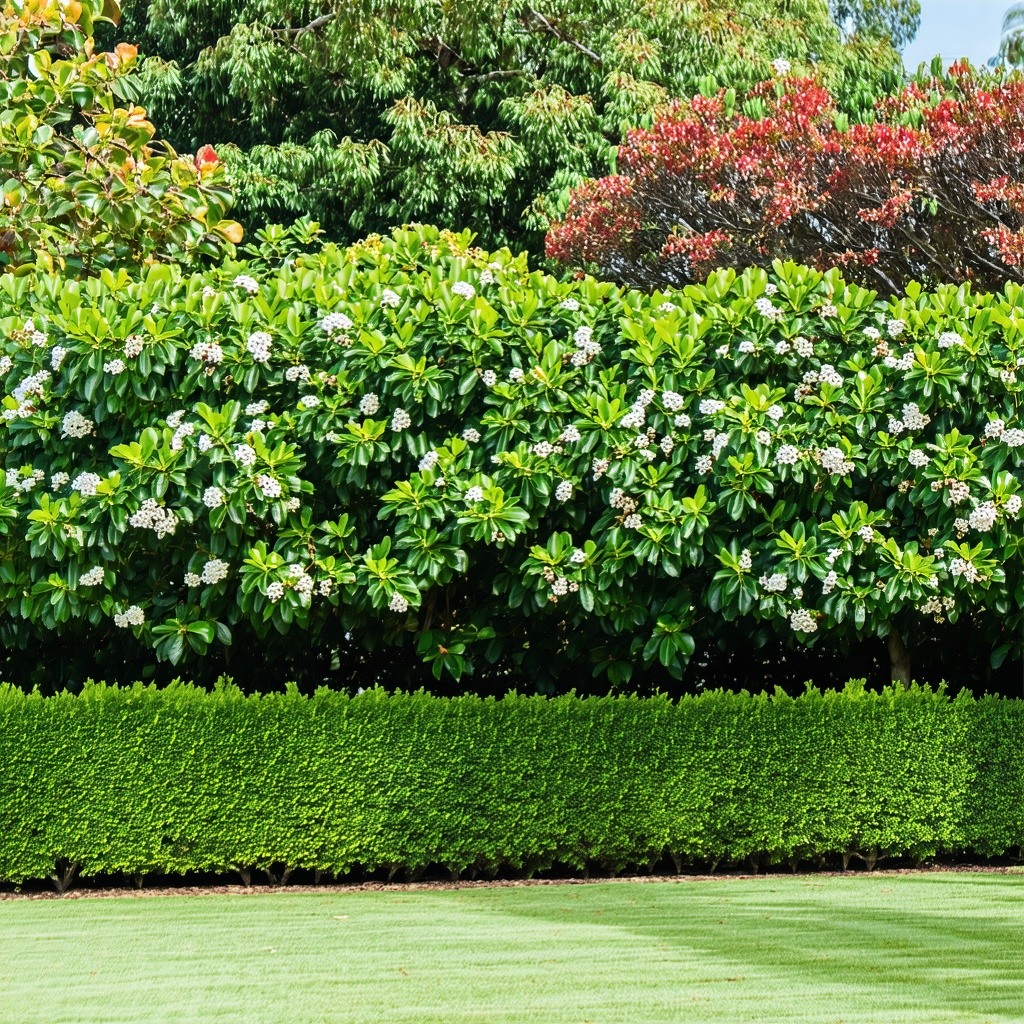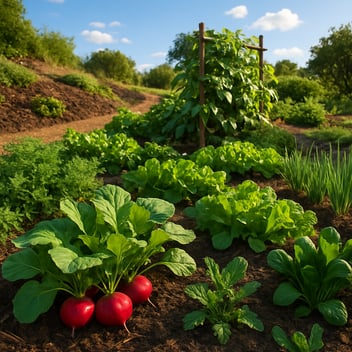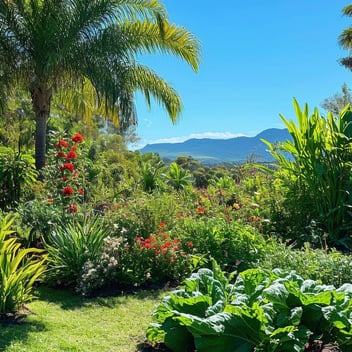Hedging Trees for Privacy in SEQ Landscapes
Introduction
In the bustling neighborhoods of South East Queensland (SEQ), creating a private sanctuary within one's property has become increasingly desirable. Hedging trees serve as living fortresses, offering seclusion while enhancing the aesthetic charm of gardens. These verdant barriers not only delineate boundaries but also contribute to the overall ambiance of outdoor spaces.
Understanding SEQ's Climate
SEQ's subtropical climate is characterized by warm, humid summers and mild, dry winters. This climatic pattern influences plant selection, as species must withstand periods of intense heat, occasional droughts, and high humidity. Choosing plants adapted to these conditions ensures robust growth and longevity in the landscape.
Benefits of Using Hedging Trees for Privacy
Beyond providing a visual shield, hedging trees act as natural buffers against environmental elements. They mitigate noise pollution, reduce wind impact, and offer habitats for local wildlife, thereby promoting biodiversity. Additionally, evergreen species maintain their foliage throughout the year, ensuring continuous privacy and greenery.
Top Hedging Trees for SEQ Landscapes
Lilly Pilly (Syzygium species)
Renowned for their rapid growth and dense, glossy foliage, Lilly Pilly varieties are quintessential choices for SEQ hedges. They produce ornamental berries that add seasonal interest and attract birdlife. Their adaptability allows them to be sculpted into formal hedges or left to grow naturally for a more relaxed screen.
Murraya (Murraya paniculata)
Commonly known as Orange Jasmine or Mock Orange, Murraya boasts fragrant white flowers that bloom profusely, especially after rainfall. Its lush, dark green leaves form a compact hedge ideal for medium-height privacy screens. Regular pruning enhances its bushy appearance and encourages more prolific flowering.
Photinia (Photinia robusta)
Photinia is celebrated for its striking red new growth, which contrasts vividly against mature green leaves. This robust shrub can be cultivated into a tall hedge, providing substantial privacy. It thrives in full sun to partial shade and responds well to pruning, allowing for shape customization.
Viburnum (Viburnum odoratissimum)
With its rapid growth rate and large, leathery leaves, Viburnum creates an effective high hedge that also aids in noise reduction. Its tolerance for a range of soil types and resilience to pests make it a low-maintenance option for expansive privacy screens.
Mock Orange (Murraya paniculata)
Distinct from the previously mentioned Murraya, this Mock Orange variety is prized for its sweetly scented blossoms and dense growth habit. Suitable for both formal and informal hedges, it flourishes in SEQ's climate, offering year-round greenery and periodic floral displays.
Planting and Maintenance Tips
Optimal planting times are during the cooler months, allowing roots to establish before the onset of summer heat. Soil should be well-draining and enriched with organic matter to promote healthy growth. Regular pruning not only maintains the desired shape and size but also encourages denser foliage. Vigilance against pests such as aphids and scale insects is crucial; natural predators or horticultural oils can be employed for control.
Design Considerations for Privacy Hedges
Determining the appropriate height and width of a hedge depends on the specific privacy needs and space constraints. Proper spacing between plants is vital to prevent overcrowding and ensure each tree receives adequate light and nutrients. Integrating hedges with other landscape elements, such as pathways or feature plants, can create a cohesive and visually appealing garden design.
Potential Challenges and Solutions
Root competition can arise when hedges are planted near other vegetation; selecting non-invasive rootstock and providing sufficient water and nutrients can mitigate this issue. During drought conditions, implementing mulching techniques and deep watering practices helps maintain hedge vitality. Awareness of the invasive tendencies of certain species is essential; opting for non-invasive cultivars or native alternatives supports local ecosystems.
Conclusion
Incorporating hedging trees into SEQ landscapes offers multifaceted benefits, from enhancing privacy to contributing to environmental health. By selecting species attuned to the local climate and adhering to thoughtful planting and maintenance practices, homeowners can cultivate verdant sanctuaries that stand as testaments to sustainable and serene living.




